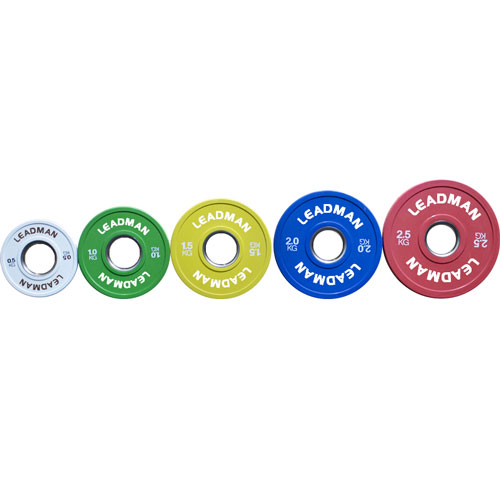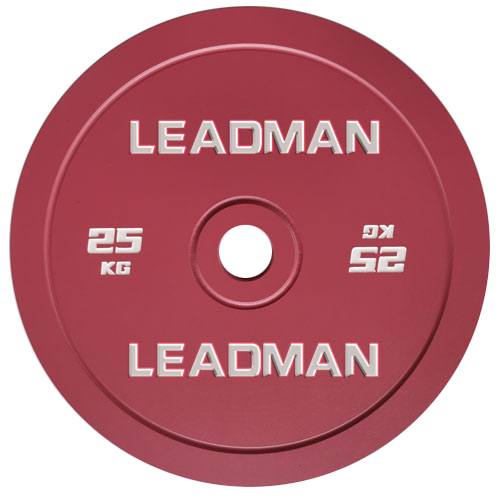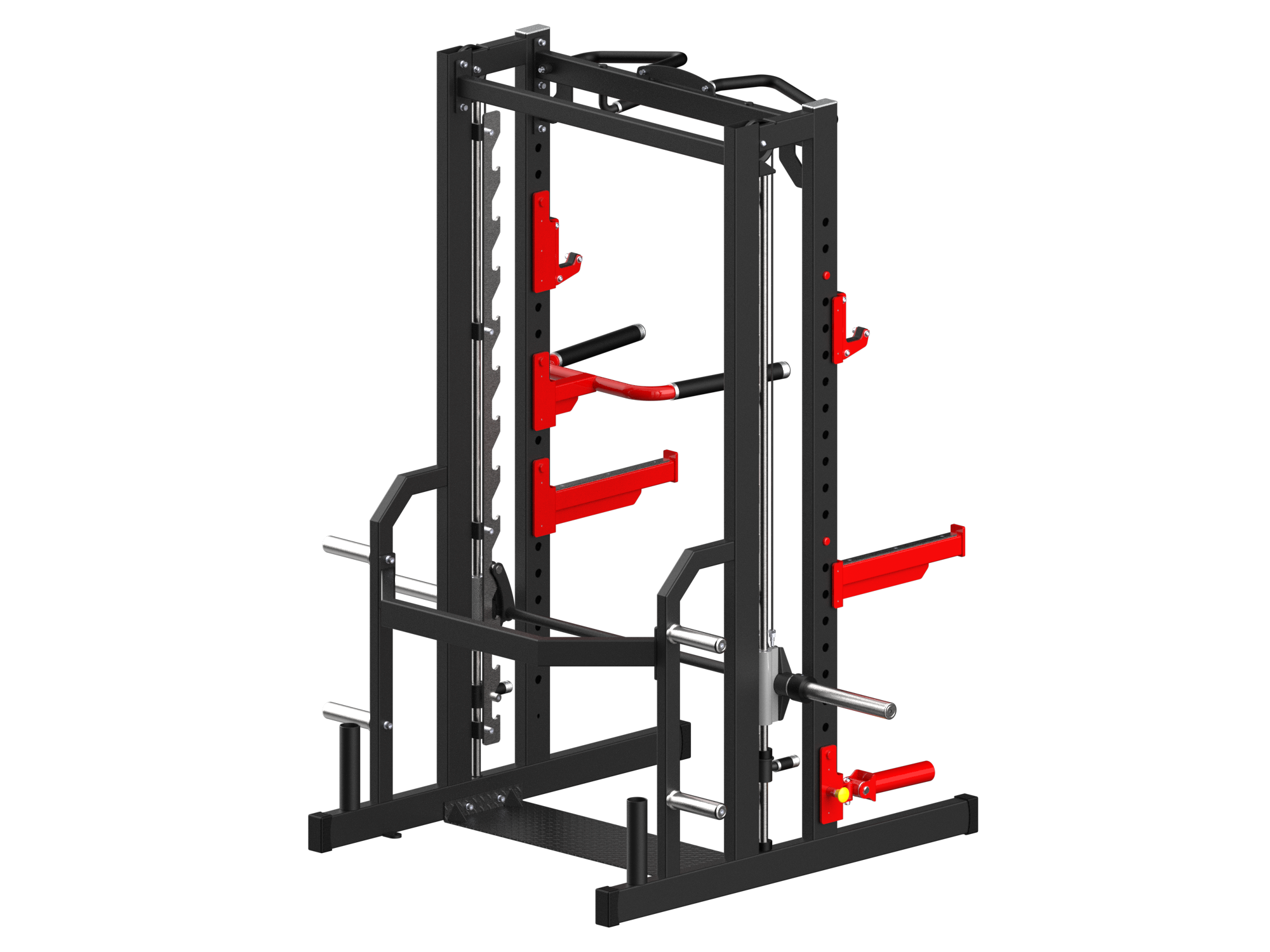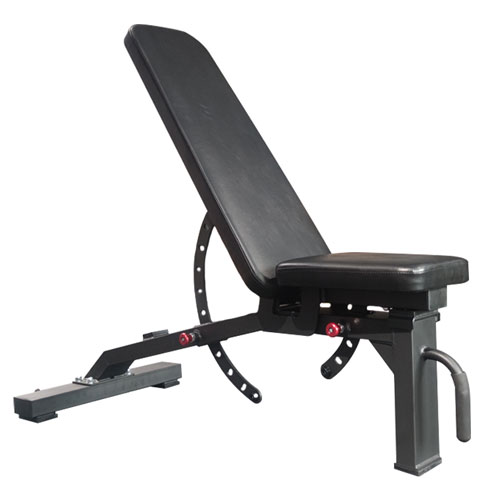How a Weight Plate Factory Meets Growing Demand in the Fitness Industry
As interest in strength training and functional fitness continues rising, the market for weight plates is expanding rapidly. This growing demand presents opportunities and challenges for manufacturing facilities that produce iron and bumper plates for barbells. Utilizing the latest production methods and business strategies, weight plate factories can effectively meet and capitalize on the industry's increasing needs.
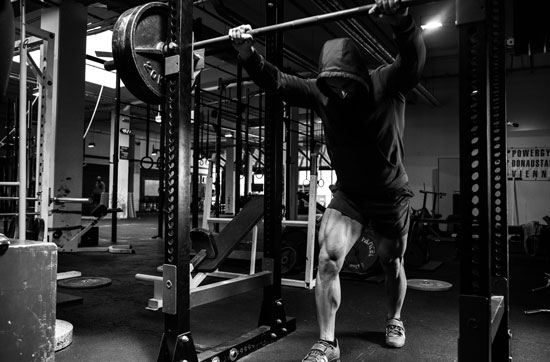
Invest in Advanced Manufacturing Technology
By adopting automated fabrication systems including laser cutters, CNC machines, and robotic arms, weight plate factories can massively scale production output. Automation enables high-volume plate manufacturing with precision and consistency not possible manually. This allows factories to supply leading fitness brands, Strength Fitness gyms, sporting goods retailers and more.
Streamline Operations with Lean Principles
Principles of lean manufacturing help plate factories eliminate bottlenecks and waste in production. Analyzing processes to reduce wait times, excess movement of materials, overproduction, and defects ensures maximum efficiency. Enhanced workflow and inventory management also facilitates faster fulfillment as demand fluctuates.
Expand Skilled Workforces
Ramping up hiring and training enables greater output, production flexibility, and quality assurance. Building talented teams of engineers, technicians, assemblers, machinists, and inspectors with strength training product expertise ensures factories can manufacture plates flawlessly in high quantities. Ongoing workforce development is key.
Diversify Weight Selection Offerings
Factories must offer extensive weight selection options ranging from light fractional plates to massive 100+ pound plates to meet market variety. Advanced manufacturing and molding techniques allow high-volume production of diverse plate sizes and custom weights. Robust inventories enable rapid order fulfillment.
Utilize Quality Materials
Top factories cast iron plates using high-grade virgin iron for maximum durability rather than scrap metal which compromises integrity. For bumper plates, latest-generation rubber blends balance resilience, grip, and durability. Quality materials withstand constant gym use and drops. Stainless steel components add corrosion resistance.
Implement Rigorous Quality Control
With exhaustive testing and inspection at every production stage, defects are eliminated before shipment. Plates undergo calibrated weight verification, dimension measurements, coatings adhesion testing, drop/impact testing, and other checks to ensure flawless quality matching industry tolerances. This prevents returns or failures.
Provide Customization Capabilities
Many top facilities offer custom plate services tailored to unique customer specifications regarding sizing, weight, materials, colors, branding logos, and technical factors like grip knurling. Custom services combined with diversified stock production enables complete market accommodation.
Adopt Agile Distribution Networks
Fast, flexible distribution strategies utilizing just-in-time inventories, streamlined logistics, and global transportation networks ensure quick delivery to customers worldwide. This responsiveness allows factories to keep pace as market demand changes. Strategic warehouse locations also minimize lead times.
By leveraging the latest manufacturing innovations and business practices, weight plate factories can produce high-quality iron and bumper plates at volumes matching the fast-growing strength training equipment sector. Efficient scaled-up production and distribution enables brands and gyms to be reliably equipped with bumpers and iron plates as the fitness revolution continues accelerating.

